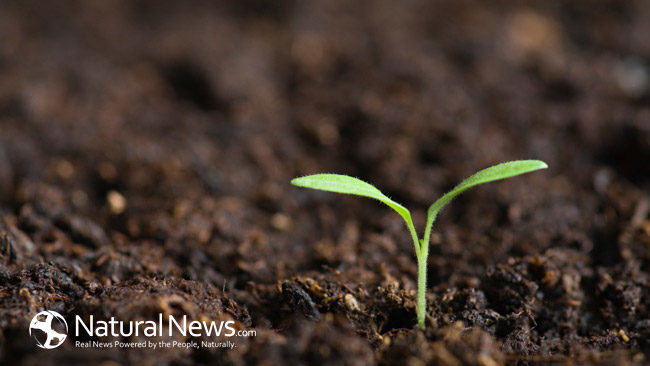“Wooly Lamb’s Ear” is an edible and medicinal plant. The leaves act as excellent antibacterial bandages. By absorbing blood and helping it to clot more easily along with it’s antibacterial, antiseptic, and anti-inflammatory properties, this plant has so much to offer.
Other Medicinal Uses
Wooly Lamb’s Ear actually has many medicinal uses. You can heat a few bruised leaves in a pot of simmering water, and use the cooled infusion as an eyewash to treat pinkeye and sties.
Drink a tea made from young, dried Wooly Lamb’s Ear leaves to help with fevers, diarrhea, sore mouth and throat, internal bleeding, and weaknesses of the liver and heart.
Home-grown antibacterial bandages healthier than store-bought ones
In fact, for those wanting to tend to their cuts and scrapes naturally, one has to go no further than their own garden. Antibacterial bandages need not come in a box; Lynne explains that one of her favorites, woolly lamb’s ear (Stachys byzantina) does the trick. She explains that the plant has multiple healing benefits.
“Woolly Lamb’s Ear… has been used for centuries as a wound dressing on battlefields,” she explained. “Not only do the soft, fuzzy leaves absorb blood and help it to clot more quickly, they also contain antibacterial, antiseptic, and anti-inflammatory properties.” Their leaves can even be bruised so the juices leak out. Those juices can then be applied to the skin to lessen swelling from bug bites or stings.
How To Grow Your Own Antibacterial Bandages (Wooly Lamb’s Ear) From Seed
Starting your own plants from seed really is easy. Here’s how…
1. Fill a well-draining container with Seed Starting Mix. A yogurt cup with holes poked in the bottom works nicely.
2. Wet the soil thoroughly. If you’re on city water, use filtered water for your plants. The chemicals in treated water can inhibit plant growth.
3. Plant 1-2 seeds per small container (thinning out the weakest seedling), or plant seeds about 6″ apart in a larger pot, burying them 1/4″ deep.
4. Keep the soil moist and the containers out of direct light until the seedlings germinate. As soon as you see the tops of the plants emerging, put them somewhere where they can get at least 6 hours of sunlight daily, or under a grow light. It helps to set the cups/pots in a shallow tray of water to keep the soil from drying out.
5. When the plants have at least three sets of leaves, they’re ready to be transplanted to a semi-shady place in your yard. Space them 12″ apart. They will multiply readily in good soil.
Reference Of Article:
http://theprepperproject.com You can bruise the leaves so that the juices are released, and put them on bee stings or other insect bites to help reduce the swelling
http://www.extremenaturalhealth.com soil moist and avoid placing the planted seeds in direct sunlight. Once the seeds germinate, put them in an area that receives a minimum of six hours of sunlight






